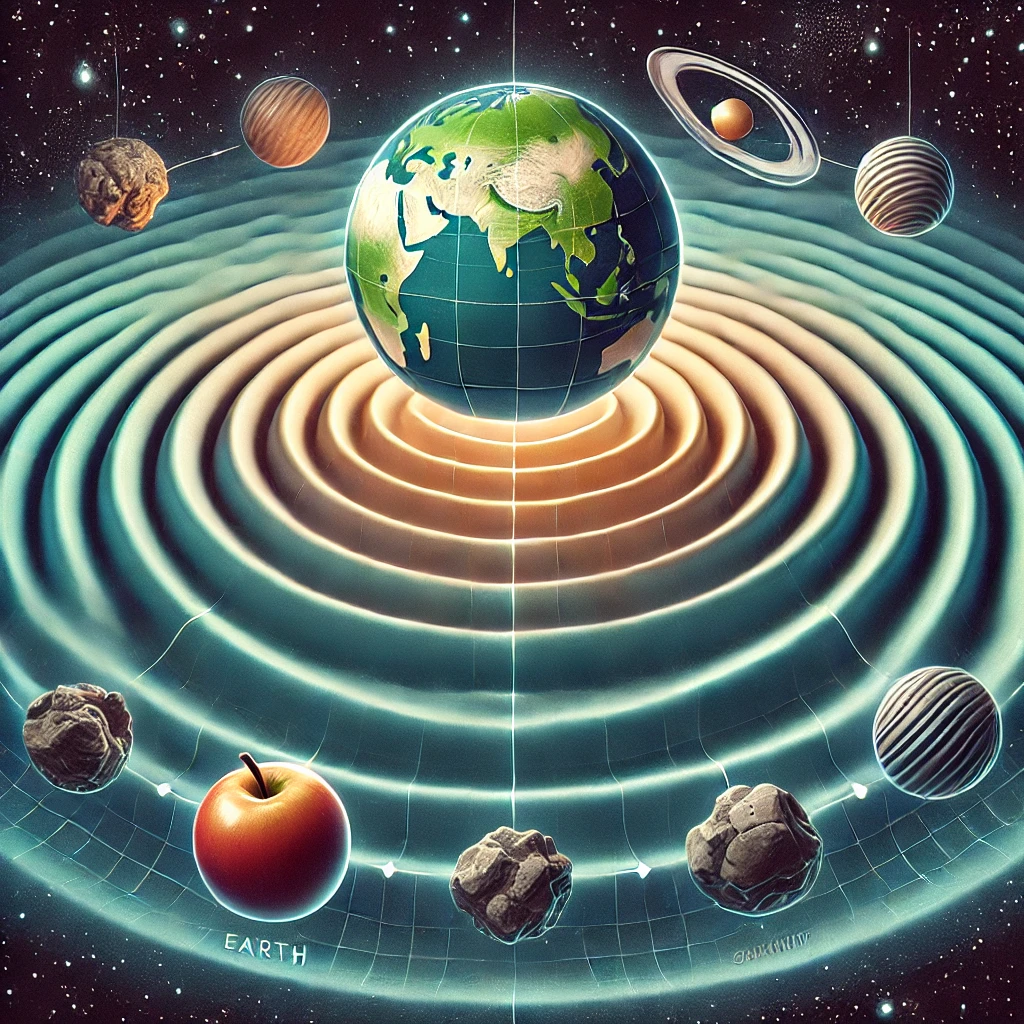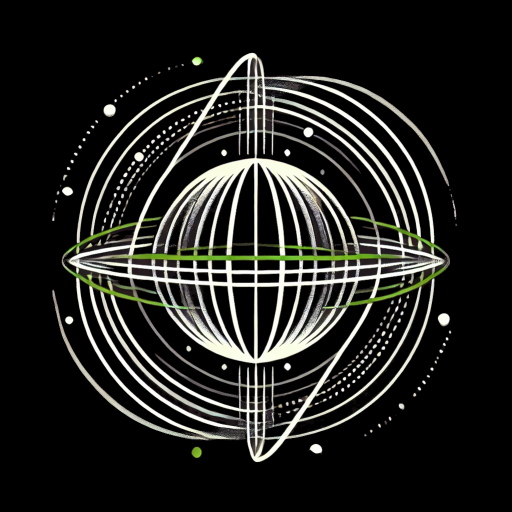Understanding Gravity through Resonance and Vibration

In Vibrational Field Dynamics (VFD), gravity is redefined not as a traditional force, but as a product of resonant frequencies within a unified vibrational field. This perspective challenges conventional ideas and presents a fascinating new way to explore how objects are drawn toward each other. Here, we’ll break down the VFD view of gravity, using analogies to make the concept more accessible and scientifically robust.
Gravity as a “Resonance Effect” within a Universal Vibrational Field
In VFD, the universe is envisioned as a vast, interconnected vibrational field. Every entity, from particles to galaxies, vibrates at specific frequencies, contributing to a larger pattern. These frequencies aren’t random but part of a structured field where objects that share compatible vibrational patterns resonate with each other. Gravity, in this view, is a resonant effect that emerges when these vibrations align.
Analogy: Imagine two tuning forks set to the same frequency. When one is struck, it vibrates and causes the other to resonate, even from a distance. Similarly, objects in Earth’s vicinity resonate with its vibrational “signature,” resulting in what we experience as gravitational attraction.
Gravitational Attraction as Frequency Alignment
VFD proposes that gravity isn’t a “force” in the classical sense; rather, it’s an alignment of frequencies within a localized area of the vibrational field. Earth’s mass produces a powerful stabilizing frequency—a bit like the deep bass in a song that underpins the melody. Nearby objects naturally align to this “bass frequency,” creating what we feel as gravitational pull.
Analogy: Think of objects near Earth as harmonizing with its dominant frequency, much like musical notes around a bass beat. This alignment effect is perceived as an attractive force, drawing everything toward Earth.
Localized Resonance and the Perception of Weight
In the VFD framework, weight is the intensity of the resonant interaction between an object and Earth’s field. Larger objects, like mountains, interact more strongly with Earth’s frequency because they have a larger “surface” to align with the field, resulting in what we measure as greater weight.
Analogy: Weight in VFD terms is akin to the “volume” of resonance—like the sound of two tuning forks side by side being louder than one alone. The closer an object is to Earth (a powerful source of resonance), the more intense the interaction, hence the “heavier” it feels.
The “Curvature” of Space as a Gradation in Frequency Field
In general relativity, gravity is understood as the curvature of spacetime. In VFD, this curvature translates to a gradation in the vibrational field. The closer objects are to Earth, the more strongly they align with its frequency, creating a gradient effect that resembles the “curved” nature of space.
Analogy: Imagine a drum skin that vibrates around a central hit. The closer you move toward the center, the stronger the vibration and the more it “pulls” objects inward. Similarly, Earth’s vibrational influence is stronger near its surface, tapering off with distance. Objects feel this as gravitational attraction, not because space is curved, but due to a gradient in resonance.
Gravitational Acceleration as a Realignment Process
In traditional physics, gravitational acceleration (like the free fall of an object) is the rate at which an object speeds up as it moves toward Earth. In VFD, this acceleration can be understood as a process of realignment within the vibrational field.
Analogy: Picture a rowboat on a river, where the water represents Earth’s vibrational influence. The boat, left to drift, naturally moves toward the stronger currents. Similarly, an object in free fall moves along Earth’s vibrational “current.” As the alignment strengthens, the object accelerates toward Earth.
The VFD Interpretation of the Equivalence Principle
The equivalence principle, a cornerstone of general relativity, posits that gravity and acceleration are indistinguishable locally. VFD upholds this principle by interpreting gravity as a resonant effect. To an object in free fall, the sensation (or lack thereof) feels indistinguishable because it’s fully “aligned” with Earth’s frequency. In this view, being in a gravitational field and accelerating are fundamentally the same since both involve alignment with a particular frequency field.
Summary: Gravity as Resonance in VFD
In the VFD model, gravity is re-envisioned as an effect of resonance and alignment within a vibrational field, challenging conventional perspectives on mass-based attraction. Here’s how VFD interprets gravity:
- Not a Force, but Resonance: Gravity arises from resonance within a unified vibrational field, where objects align with Earth’s frequency.
- Frequency Alignment, Not Attraction: Objects fall toward Earth as they align with its dominant vibrational field, creating the effect of gravity.
- Weight as Resonant Strength: Weight is the strength of an object’s alignment with Earth’s field, experienced as a gravitational pull.
- Gradation in Frequency Field: The curved nature of spacetime becomes a vibrational gradient, where objects experience stronger alignment closer to Earth.
- Realignment in Free Fall: Gravitational acceleration is a realignment within Earth’s frequency field, experienced as falling.
By reconceiving gravity as an outcome of resonance, VFD offers an innovative way to explore gravity—not as a force between masses, but as a natural byproduct of vibrational alignment. This perspective deepens our understanding of the interconnectedness of matter and the role of frequency in shaping our experience of the cosmos.



Leave a Reply